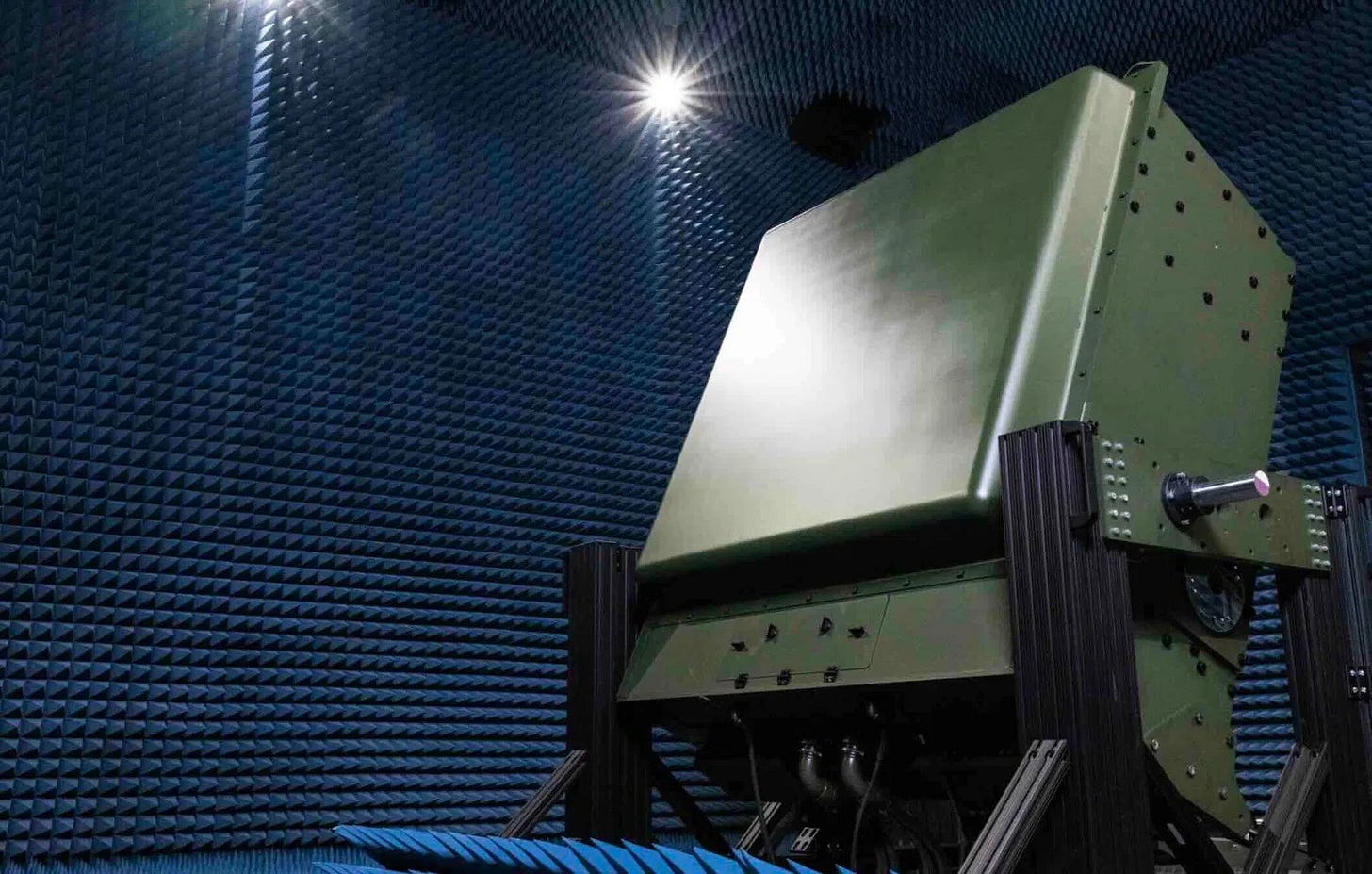The Navy’s New Secret Sauce for Drone Swarms? Microwaves
It's not just for your Hungry Man TV dinner anymore...
As drone swarms become more ubiquitous, nations around the world will start to discover that kinetic effectors are often too slow, too expensive, or too limited to deal with the swarm-era battlefield.
But the US Navy may have just found its silver bullet, or rather, its electromagnetic wave. Meet Leonidas H2O, the latest iteration of the US military’s high-power microwave (HPM) arsenal developed by California-based defense firm Epirus.
This isn’t theoretical. It has already been tested. And it’s already changing how the Navy thinks about boat-stopping, drone-zapping, and swarm-breaking technologies. Spoiler: it does all three at once.
Zap Boats and Drones in the Same Shot
In the never-ending race between defense systems and the threats they’re designed to counter, the US Navy may have just leaped ahead a generation. It pains me to say that – as an Army and Air Force vet, I never like to give the Navy more credit than they deserve.
But at the heart of this advance is Leonidas H2O, a high-power microwave weapon that doesn’t discriminate between threats above water and those buzzing in from the sky.
If it has a circuit board, it’s vulnerable.
If it has an engine, it is on borrowed time.
During recent live-fire trials under the Navy’s Advanced Naval Technology Exercise – Coastal Trident (ANTX-CT), Leonidas H2O demonstrated its ability to simultaneously disable multiple classes of unmanned systems.
Think drone swarms and unmanned surface vessels, neutralized in one blast of directed energy. It’s a first-of-its-kind capability. And it worked.
The tests, held off the California coast, targeted four different commercial outboard motors ranging from 40 to 90 horsepower, simulating the propulsion systems typically found in small attack boats and suicide drones, both known favorites of Iran’s IRGC and Russia’s Black Sea fleet.
Despite operating at only half of its maximum power output due to safety and range constraints, Leonidas H2O still fried every target.
All of them.
At what the Navy called “operationally relevant ranges.”
That phrase, “operationally relevant,” is key. It means this isn’t a lab experiment or a PowerPoint weapon. It’s a system that can realistically be deployed on warships or at forward operating bases today. No fantasy. No vaporware. The implications are massive.
In maritime environments, where traditional point-defense systems rely on missile interceptors or autocannons with finite ammunition and slow target reacquisition rates, Leonidas offers an unlimited magazine. That means no reloads and no delay between kills. Once powered on, it is always on standby, ready to instantly fry whatever flies or floats into its engagement zone.
More critically, Leonidas engages without warning. Unlike radar-guided interceptors, which can be detected by enemy sensors, HPM systems are silent assassins. The drone never knows it’s being cooked until its electronics seize up and it tumbles into the sea.
Keep reading with a 7-day free trial
Subscribe to Eyes Only with Wes O'Donnell to keep reading this post and get 7 days of free access to the full post archives.



